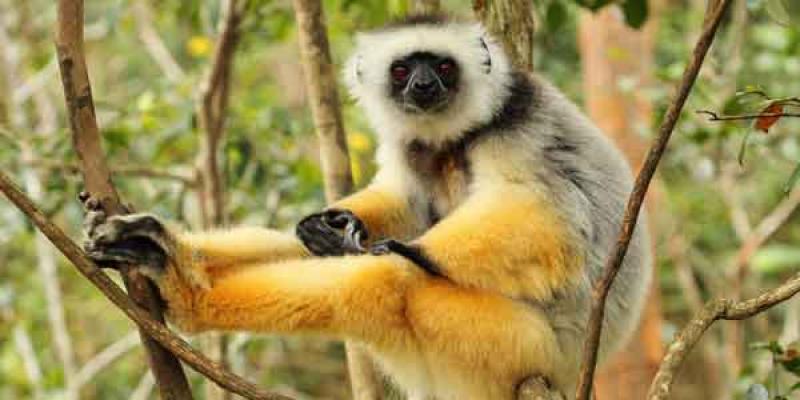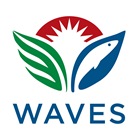
Almost half of Madagascar’s assets lie in its natural capital, which includes abundant crop and pasture land, water resources, mineral and non-mineral subsoil assets, as well as the biodiversity that underpins the tourism industry. Natural resources also support a large majority of the country’s predominantly poor and rural population, and could become an important driver of development.
WAVES in Madagascar
Since the swearing-in of the new President of the Republic of Madagascar in January 2014, the Government has stated the importance of working with WAVES to integrate NCA into economic and social development planning. Discussions are ongoing regarding optimizing institutional structures for NCA implementation, including broadening the capacity of the NCA service established in 2014, and designating champions within every relevant ministry for each account under preparation.
The story so far
Water accounts: Data for building the physical stock account (including renewable water stocks) are currently being aggregated on a geographically and yearly basis. The Technical Working Group is collecting water use data to construct the flow accounts.
Forest accounts: Using data and satellite imagery, models are being constructed to provide data on the volume and surface areas of timber resources for protected and non-protected areas, as well as for each forest type. Current results show that in 2013, dense humid forests occupied the largest natural forest surface area in Madagascar, followed by spiny forests, dense dry forest, and mangroves. In absolute terms, dense humid forests suffered the biggest loss of surface area between 2005 and 2013. Total timber volume has decreased for dense dry and dense humid forests, but increased for spiny forests.
Mineral accounts: The Technical Working Group has produced a draft of the physical stock accounts for cobalt, nickel, chrome, and ilmenite. The group has also prepared methodological guidance on how to calculate the resource rent for these four minerals, and is compiling relevant data for developing monetary stock accounts.
Tourism accounts: A visitor and enterprise tourism survey was conducted to generate information on the size of protected-area tourism and its contribution to national economic development. Full tourism satellite accounts will also be developed to provide information on tourism’s contribution to GDP, employment in tourism, tourist expenditure and consumption data, and the contribution of nature-based tourism.
Macroeconomic indicators: A macroeconomic policy note has been prepared explaining the integration of NCA in managing Madagascar’s assets, along with a description of selected macroeconomic indicators (adjusted net saving and natural capital wealth). WAVES will work to improve capacity for estimating these two indicators and to ensure a common institutional understanding of their definition and methodology.
WAVES lead government agency
Ministry of Economy and Industry
Country steering committee
Mr. Leon Rajaobelina, Regional Vice-President, Conservation International and Mr. Jean-Gabriel Randrianarison, Secretary-General, Ministry of Economy and Industry
Country coordinator
Rija Ranaivoarison
World Bank regional staff
Giovanni Ruta
